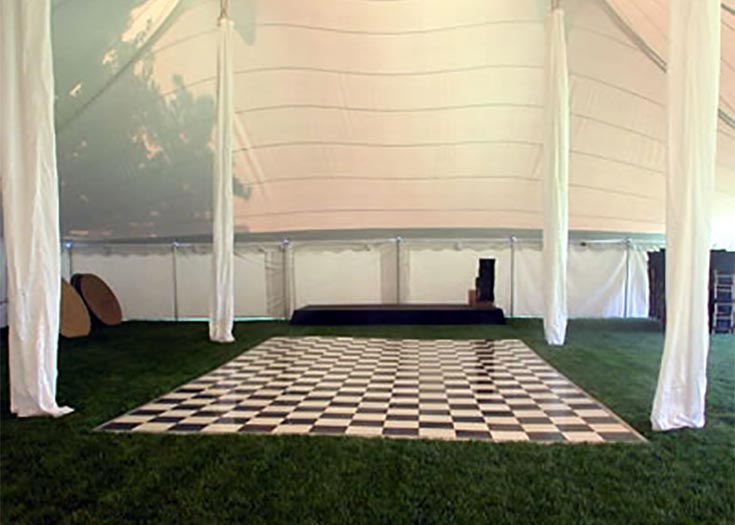Enhancing Ingenuity With Color Concept in Light Emitting Diode Movement Floor Creations
Enhancing Ingenuity With Color Concept in Light Emitting Diode Movement Floor Creations
Blog Article
Color concept is a crucial element of design, especially when it comes to designing light-emitting diode dance surfaces. The interplay of hues can significantly influence the mood and energy of a space. Through grasping how hues function together, creators can craft an environment that enhances the overall encounter for participants. This article examines the basics of hue principles and its use in light-emitting diode dance surface layouts.
The main hues are red, blue, and yellow. These colors cannot be made by mixing other colors together. Secondary colors, such as emerald, tangerine, and violet, are formed by combining main hues. Third-level colors are formed by combining a primary hue with a intermediate hue. Grasping these fundamental connections helps creators select colors that complement one another and create a visually appealing display. Combining these hues on an LED dance floor can lead to dynamic and exciting effects that attract the attention of participants.
Hue value also holds a key part in aesthetics. Hues can be categorized as warm or cool. Warm colors, such as crimson, tangerine, and golden, often to elicit emotions of enthusiasm and heat. In opposition, cool colors like blue, green, and violet typically dance floor rental for client appreciation events generate a serene and soothing atmosphere. Designers can use these hue values to set the ambiance for different types of events. For instance, a party atmosphere may gain from hot hues that energize the crowd, while a more calm event might employ cool hues to provide a calming effect.
In furthermore to hue combinations and temperature, brightness and intensity are vital elements to consider. Brightness denotes to how bright or dim a color appears, while saturation measures the learn the facts here now vividness of a color. Bright, intense hues can generate a vibrant and lively environment, ideal for dancing floors. On the other hand, softer, lower intense colors can create a further muted atmosphere. By adjusting brightness and intensity, designers can draw attention to particular sections of the dance floor or establish sight pathways, guiding participants through the venue.
Ultimately, it is crucial to consider the emotional impacts of hue in LED dancing floor designs. Various hues can evoke various feelings and reactions. For example, red is frequently linked with passion and vitality, while azure can be calming and peaceful. Grasping these connections enables designers to tactically use hues to influence the behavior of participants. Through incorporating color principles into light-emitting diode dancing floor designs, designers can improve the overall experience, making it unforgettable and pleasurable for everyone involved.